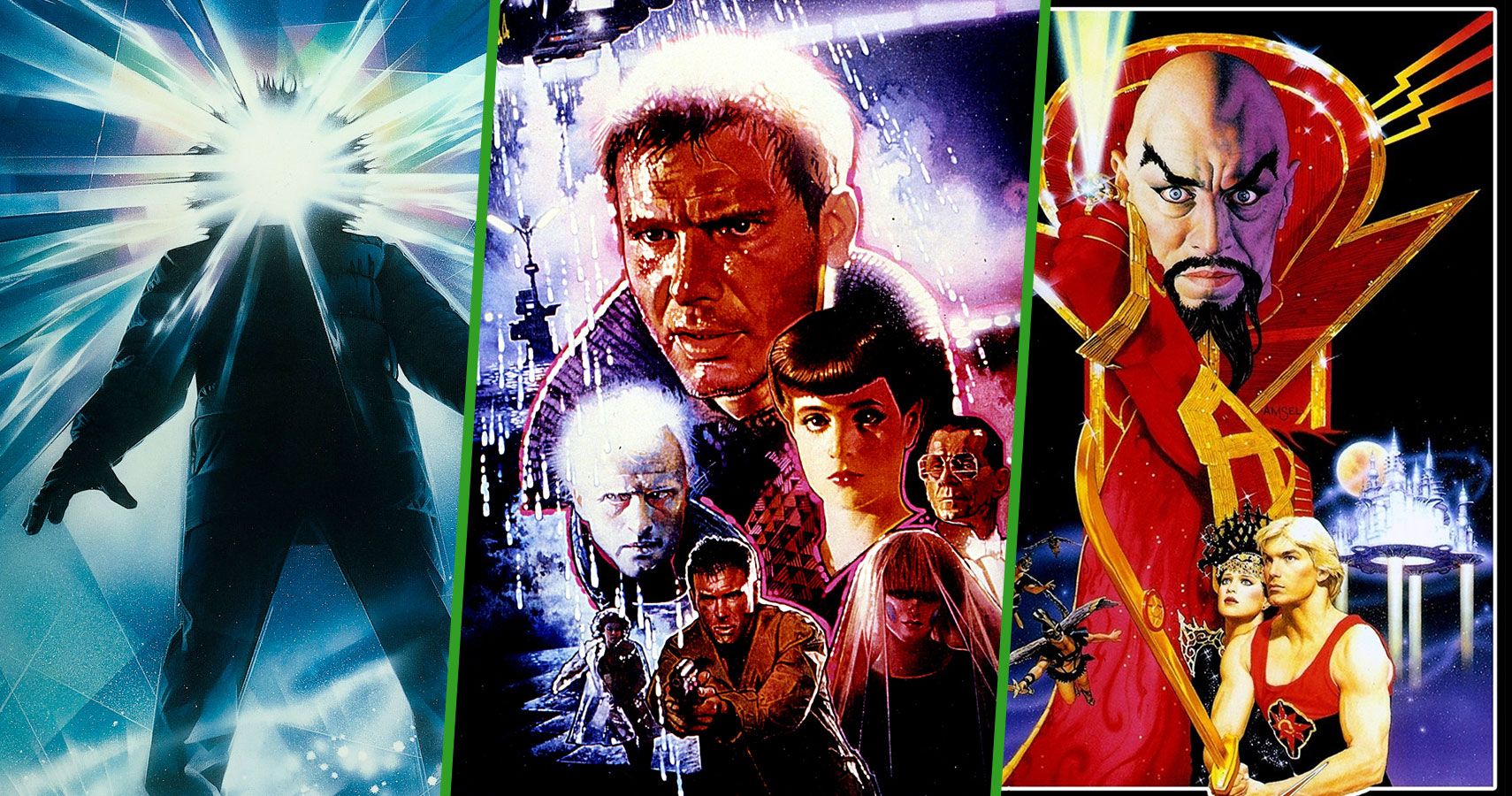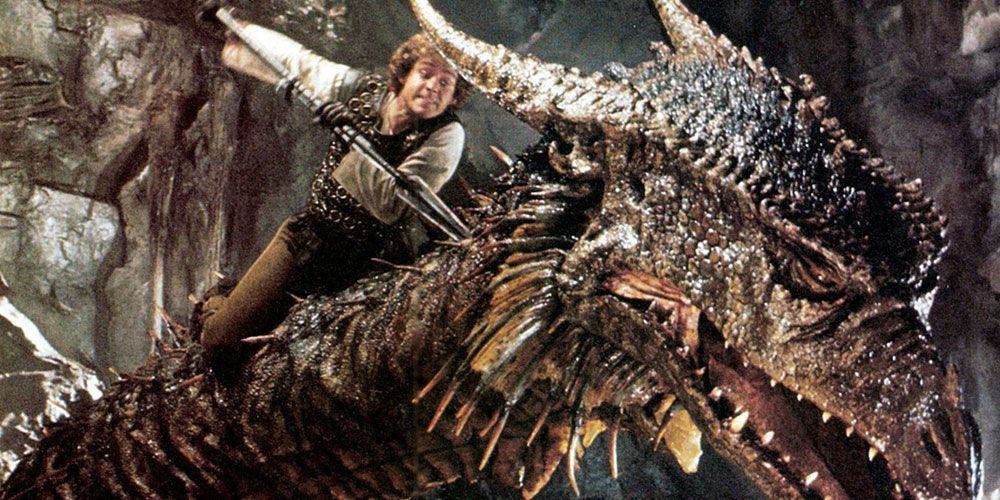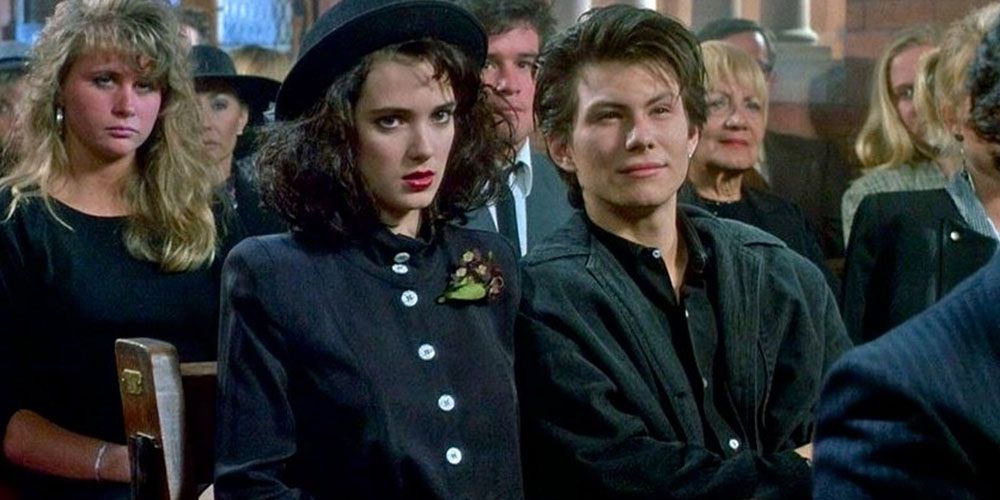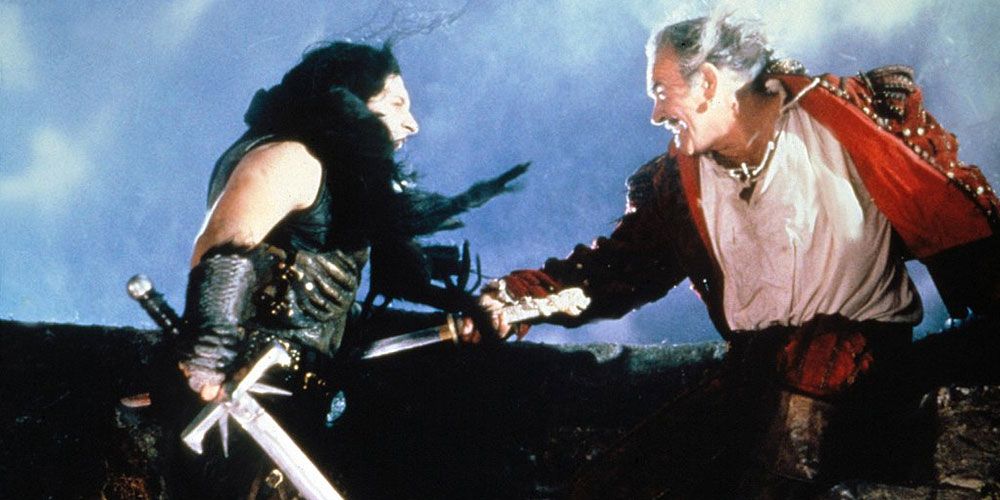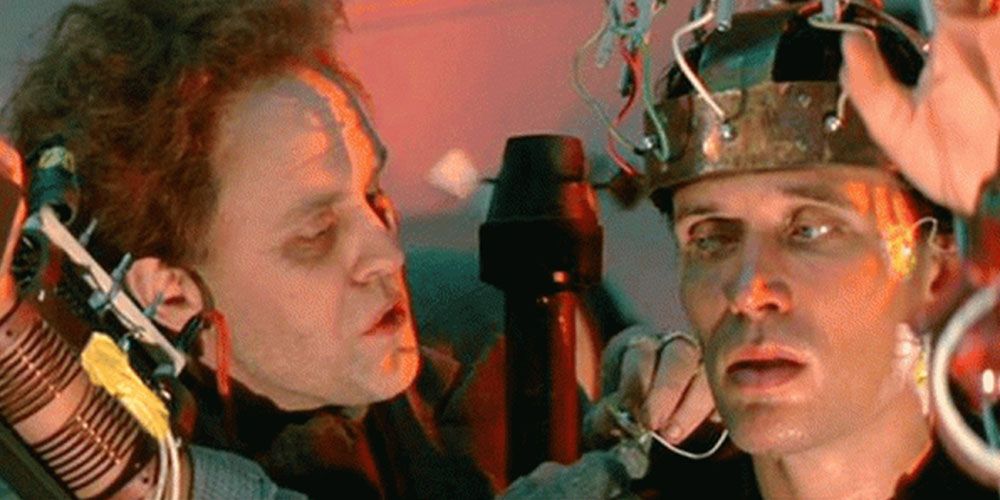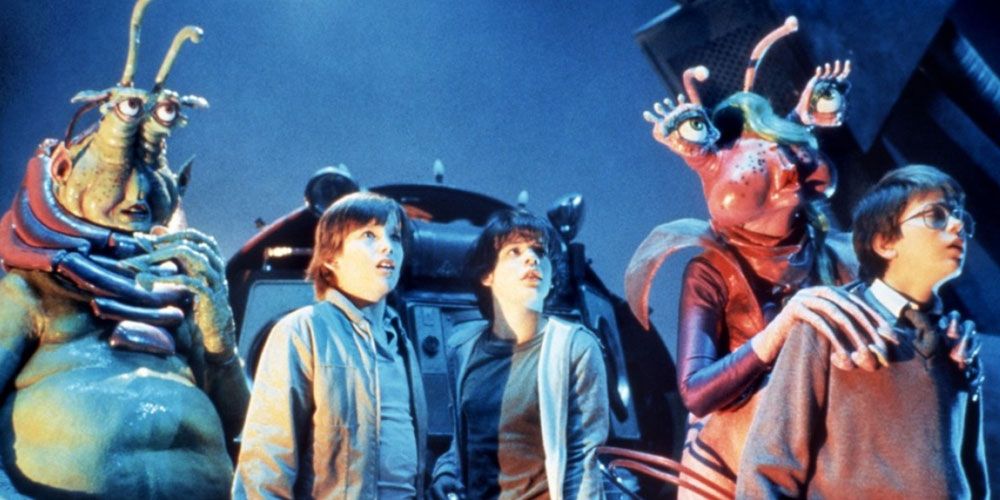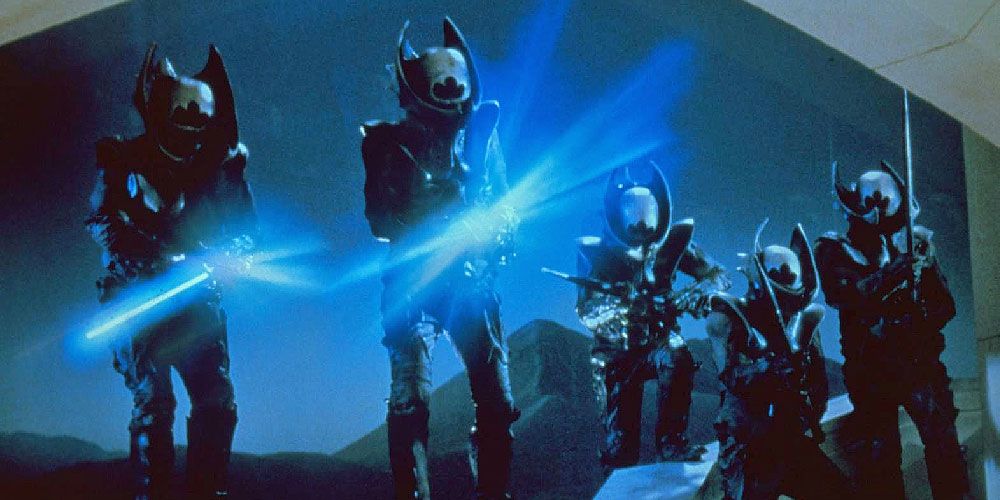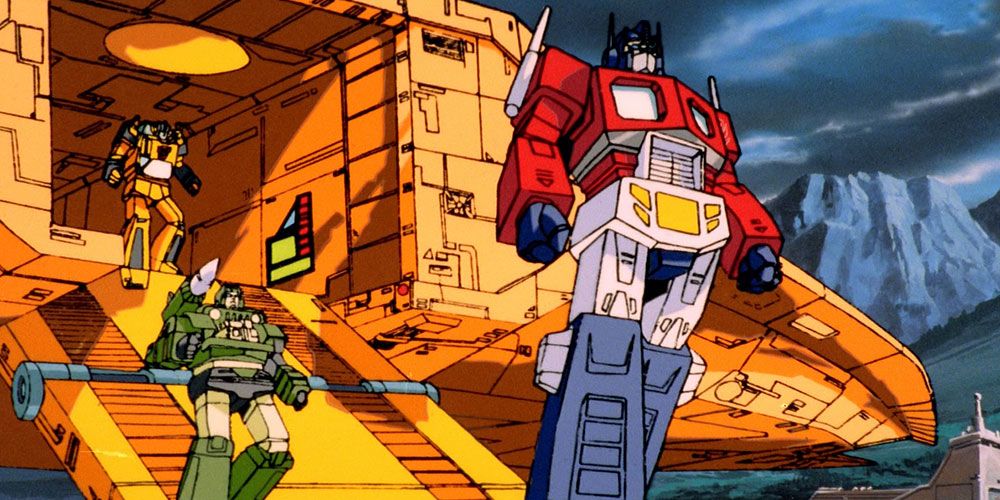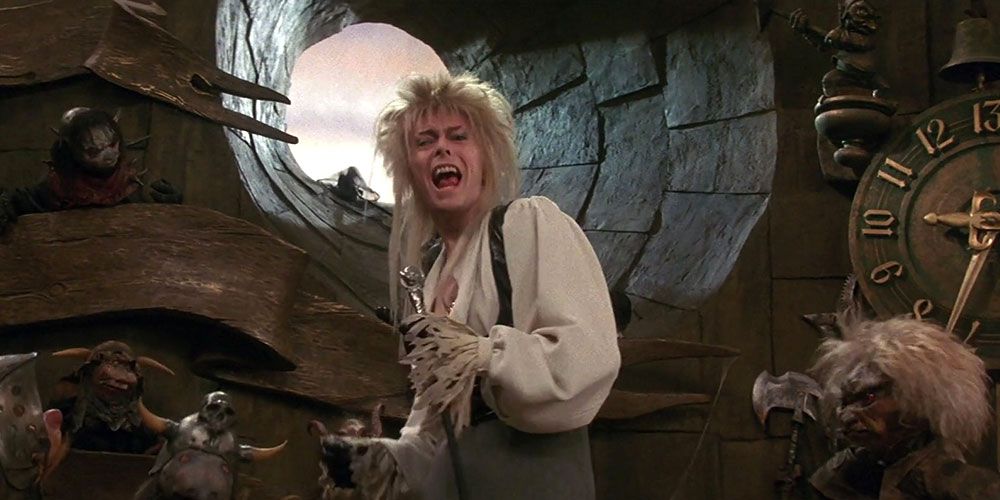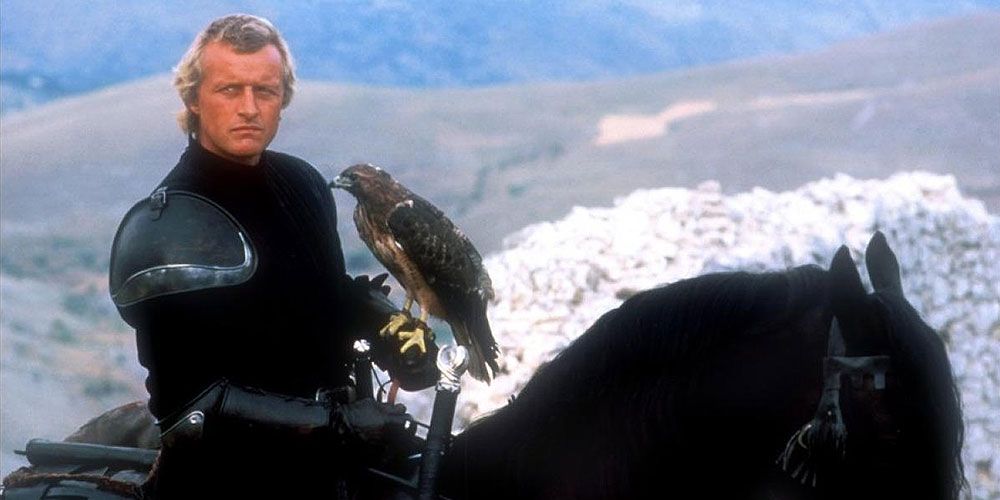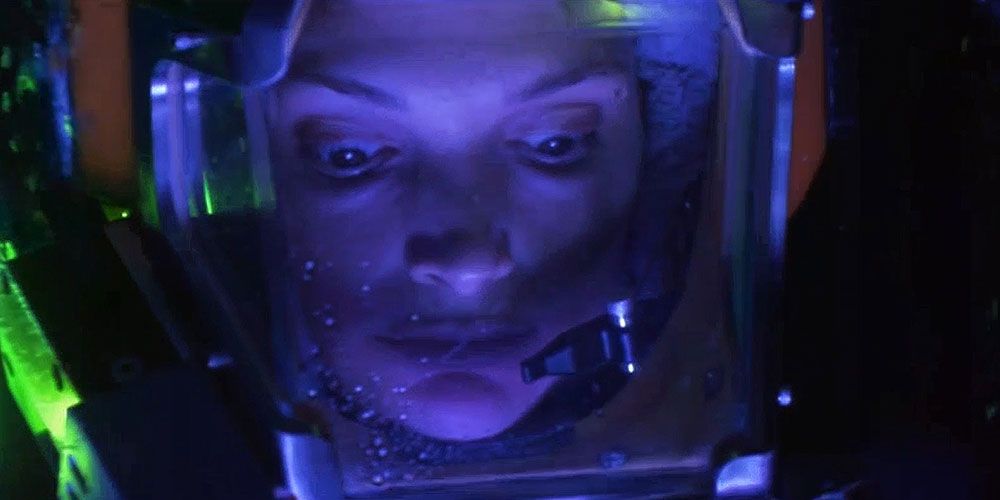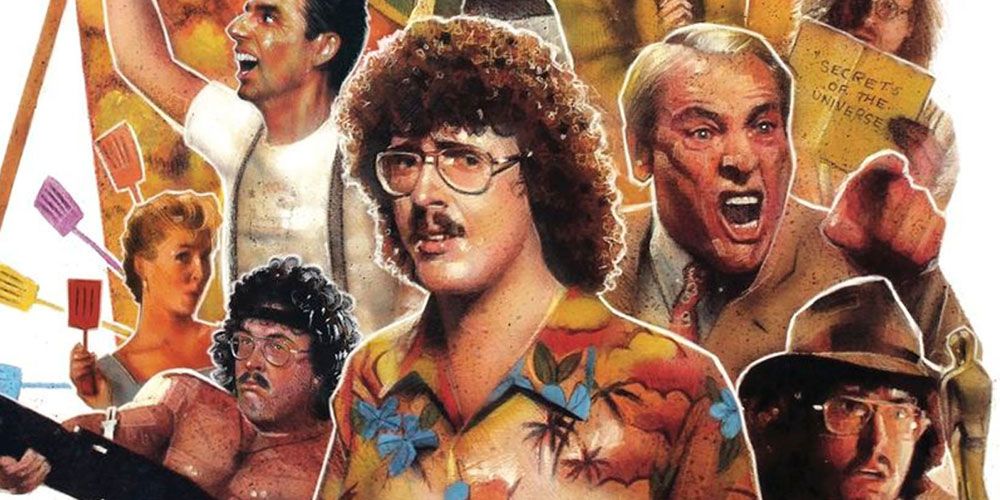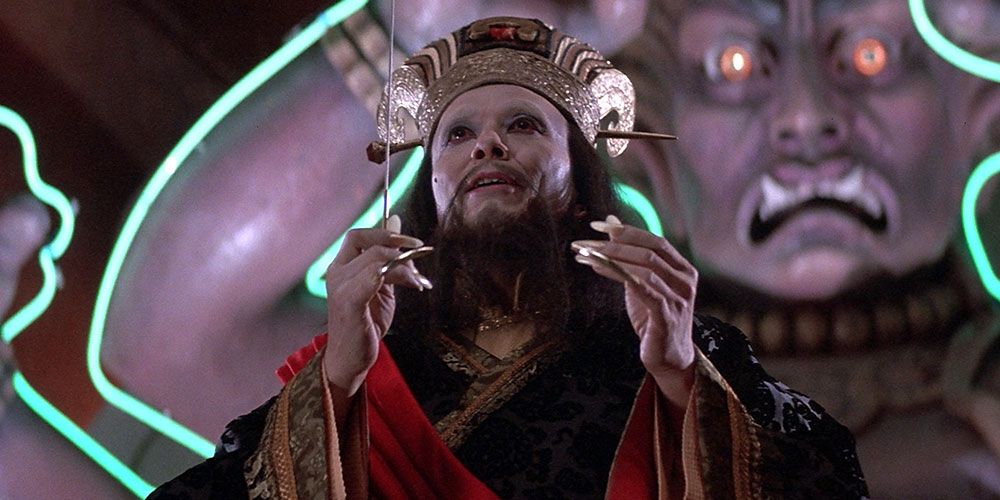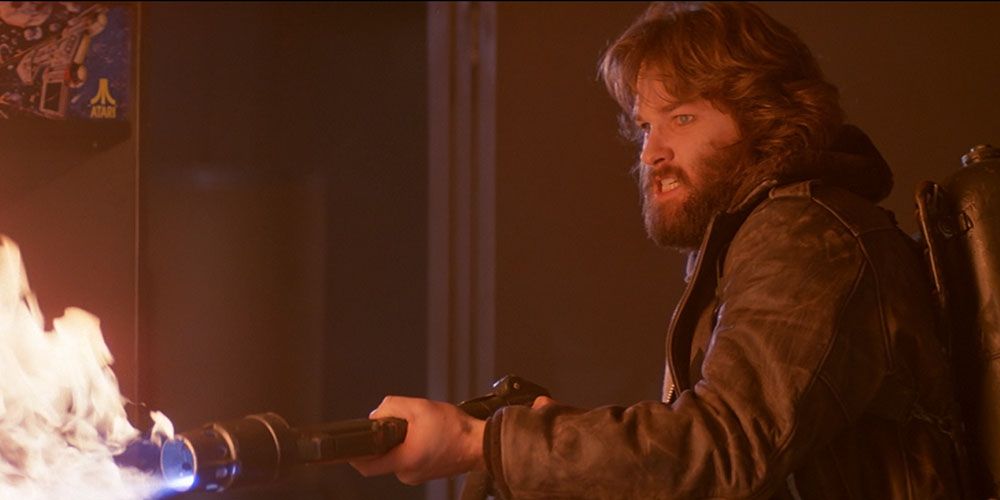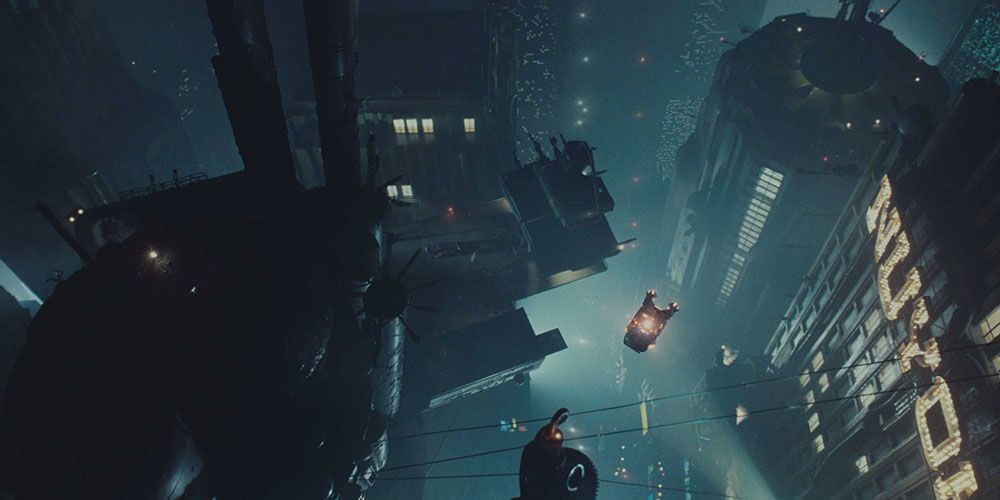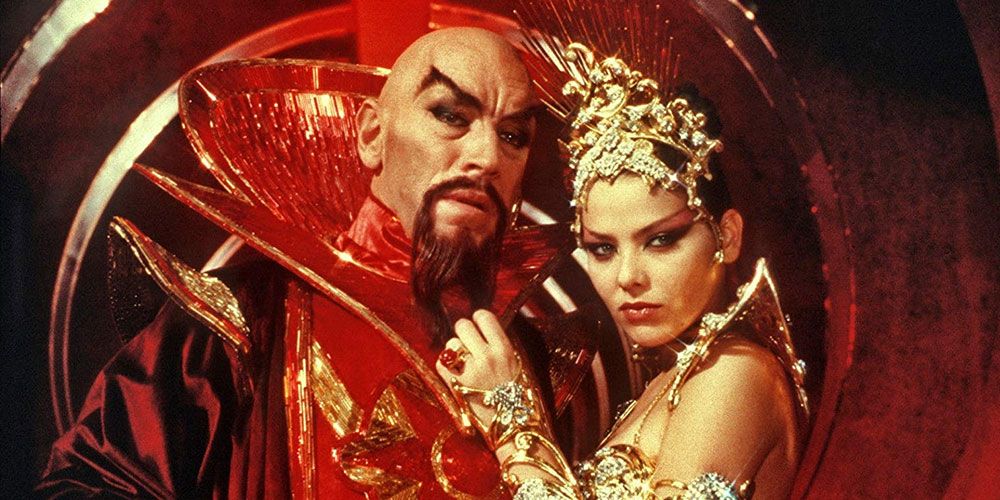Every once in a while, a great film fails to hit the mark, and bombs at the box office in the worst way possible. A movie's integrity doesn't live or die on its theatrical take, which is why these 80s films deserve to be remembered and enjoyed. Some audiences have seen these films a thousand times over, while new generations can appreciate the adventurous tone that could only have come out of 1980s cinema.
Whether it's a sci-fi fantasy epic, an animated cult classic, or a medieval romance story, there's something in here for everyone. Some of these films are remembered for their style, while others are appreciated for their imaginative visuals, enthusiasm, and energy.
Updated on September 7th, 2020 by Derek Draven: We've added a few more 1980s box office bombs to our list that definitely deserve a watch or two (or three). Some were victims of bad timing, while others simply weren't appreciated at the start, but went on to become fan favorites. Everyone has a chance to either re-live these bruised gems or experience what they have to offer for the first time.
Dragonslayer (1981)
Long before Game of Thrones brought dragons back into the public consciousness, they were few and far between on the silver screen. Only a handful of films featured them, most notably Dragonslayer, a remarkably mature take on what should have been a family-friendly Disney film. The story centers on a young sorcerer's apprentice who sets out to slay a dragon that has been terrorizing a kingdom for years.
It grossed only $14 million against an $18 million dollar budget, but would quickly go on to become a cult classic that would pay critical dividends to this day. It single-handedly influenced author George R.R. Martin and director Guillermo del Toro.
Heathers (1988)
In contrast to others on this list, Heathers didn't hemorrhage as much cash at the box office due to its relatively low budget of $3 million. However, it grossed only a third of that, perhaps because of its wicked subject matter and confusing premise.
The movie boasts a stellar cast including Winona Ryder, Christian Slater, and Shannen Doherty. It centers around a group of girls (all named Heather) who become targets of a charismatic bad boy who begins offing the students as a form of revenge. Satirical and comical, but definitely a cut against the grain of positive high school movies that littered the 1980s.
Highlander (1986)
Highlander is one of those concepts that just works right from the start. The premise of immortal beings slaying each other down through the centuries in pursuit of ultimate power opened up the doorway for some great storytelling which questioned whether living forever was really such a great thing.
The movie did far better in Europe as opposed to the United States, but at the end of its run, it had grossed $13 million against a $19 million dollar budget. Nevertheless, it went on to become a cult classic that spawned several sequels, and a spinoff TV series with Adrian Paul in the lead.
The Adventures of Buckaroo Banzai Across the 8th Dimension (1984)
Few films tore the creative binders off and tossed them out the window like Buckaroo Banzai. Peter Weller's portrayal of the character fits well with the zany, outrageous visuals and nutty storyline, but it didn't resonate with audiences as well as director W.D. Richter might have hoped.
The film made just over $6 million dollars, versus a $17 million dollar budget. Originally scalded by critics, public perception quickly changed, and Buckaroo Banzai became an instant cult classic that charms first-time and repeated viewers with its refusal to take itself seriously.
Explorers (1985)
Explorers was a victim of timing, especially since the Live Aid concert was in full swing during the same weekend it premiered in theaters. On top of that, it was released a week after Back To The Future, dealing it a double-death blow. It grossed only $10 million against a $20 to $25 million dollar budget.
Like many 1980s box office bombs, Explorers achieved cult status rather quickly and performed well on home video. It was a major hit with kids who shared the same sense of imagination and wonder as the young characters in the film, which might explain its critical longevity.
Krull (1983)
This fantasy/sci-fi gem is rooted in the 1980s from top to bottom, which is a big part of its charm. Krull had everything - an intriguing, original plot, a colorful cast of characters played excellent by actors (including a young Liam Neeson), and a unique monster.
It also had sorcery, lasers, giant spiders and grisly death scenes; all staples of a great 1980s action flick. Unfortunately, this didn't translate into big theatrical earnings, netting a scant $17 million against a $27 million dollar budget, which was quite a hard hit for a movie in this genre.
Transformers: The Movie (1986)
It's incomprehensible that a feature length tie-in film to an extremely hot 80s cartoon franchise failed to garner more interest from its target audience, but that doesn't mean Transformers: The Movie is a critical failure. In fact, it's gone on to become a timeless 80s nostalgia piece, beloved by Transformers fans.
Unfortunately, its initial run in 1986 didn't make a huge impact. The troubles increased when the writers decided to kill off main protagonist Optimus Prime, shattering the hopes and dreams of children everywhere, and leading to a severe backlash. In hindsight, the movie was bold, daring and ahead of its time, even if it played too fast and loose with its source material.
Labyrinth (1986)
Labyrinth came hot on the heels of the 1980s Muppet craze, which began when Jim Henson expanded on his puppetry craft with 1982's The Dark Crystal. Seeking to capitalize on the buzz created by that film, Henson doubled down with Labyrinth, and casted David Bowie as the lead antagonist.
While the movie has gone on to become a pop culture smash phenomenon, it ran the gauntlet to get there, earning just $13 million domestically, against a $25 million dollar budget. VHS rentals would help inject new life into the film until optical formats finally gave it the respect it deserved.
Ladyhawke (1985)
An underrated gem in every respect, 1985's Ladyhawke was a fantasy/action/romance tale that remains as timeless as the day it was shot. Rutger Hauer and Michelle Pfeiffer play two lovers inflicted with a cruel curse which prevents them from being together. Matthew Broderick rounded out the cast to create a trio of heroes out to break the curse, for good.
Tragically, the film would make around $18 million against a $20 million dollar budget, which was a huge blow to such a good film. It's worth watching at least once, just to see the build-up to that final scene where Hauer and Pfeiffer are reunited again - one for the ages.
The Abyss (1989)
James Cameron was on a hot streak in the 1980s, thanks to a series of hugely successful films such as Terminator and Aliens. Unfortunately, he bit off more than he could chew with 1989's The Abyss, which garnered a reputation for being one of the most punishing shoots in film history.
In contrast to his previous films, The Abyss was considered a flop, despite earning $90 million against a $50 million dollar budget. By all accounts, it should have been a runaway success, but the film didn't resonate with everyone. Still, it remains a technical masterpiece in film history.
UHF (1989)
'Weird' Al Yankovic enjoyed mammoth success in the 1980s, thanks to his famous parodies of hit mainstream music artists like Madonna and Michael Jackson. Orion Pictures believed that Yankovic's success could translate over to the big screen, but it didn't work.
UHF is punishingly hilarious, featuring madcap comedy that only Yankovic's demented mind could possibly come up with. Unfortunately, it made a paltry $6 million against a $5 million dollar budget, dealing a severe blow to Yankovic's confidence that would later be cured with his hit musical parody "Smells Like Nirvana."
Big Trouble In Little China (1986)
This Kurt Russell action/fantasy/horror/comedy epic is a hodgepodge of all the best 80s clichés, rolled into one. While Big Trouble In Little China failed to light up the box office, it quickly became a cult classic, and a staple of the action movie genre that audiences can still enjoy on repeat viewings.
For whatever reason, the film was ignored in theaters, making just $11 million dollars, versus an estimated $25 million dollar budget. No sequels were ever made, but the film lives on as one of the strongest cult classics in movie history.
The Thing (1982)
Kurt Russell would star in another of John Carpenter's box office 1980s flops with 1982's The Thing. The film is a triumphant masterpiece of ingenious sci-fi storytelling, focusing on themes of rampant paranoia and tension. Watching The Thing today is just as gripping as it was back in '82, giving audiences a terrifying glimpse into the darkest pits of the human condition.
The film cost $15 million to make, and barely squeezed $19.5 million out of theaters. This is difficult to fathom, given the previous success of sci-fi psychological horror films like 1978's Invasion Of The Body Snatchers, which was a commercial success.
Blade Runner (1982)
In the modern age, it's impossible to look upon Blade Runner as anything but a sci-fi masterpiece that has influenced the genre more than perhaps any other film since Star Wars. In 1982, however, audiences simply weren't ready for what ended up on screen.
Part of the blame could be placed on the carefree and upbeat nature of 1980s America, which sat in stark contrast to the dystopian, dark future that Blade Runner envisioned. Alternatively, the symbolic, philosophical source material might have been too much for audiences seeking some escapism. It made just $41 million against a $30 million dollar budget. A similar fate would befall its spectacular sequel, 35 years later.
Flash Gordon (1980)
Dino De Laurentis' 1980s ode to classic cinema serials is every bit as campy as the title suggests, which was also one of its main criticisms. Unfortunately, audiences missed the point. Flash Gordon was intended to be as over the top as possible, and shoehorning it into the beginning of a new decade (especially one inspired by Star Wars) was a stroke of genius.
Flash Gordon is time-locked, which is why it holds its replay value so well. It's exciting, upbeat and full of energy, which brings out the inner kid in even the most jaded adult. It failed to win over audiences when it was released, scoring just $27 million against an estimated budget of identical value, but its spirit lives on as a cult classic, complete with Queen soundtrack in tow.

